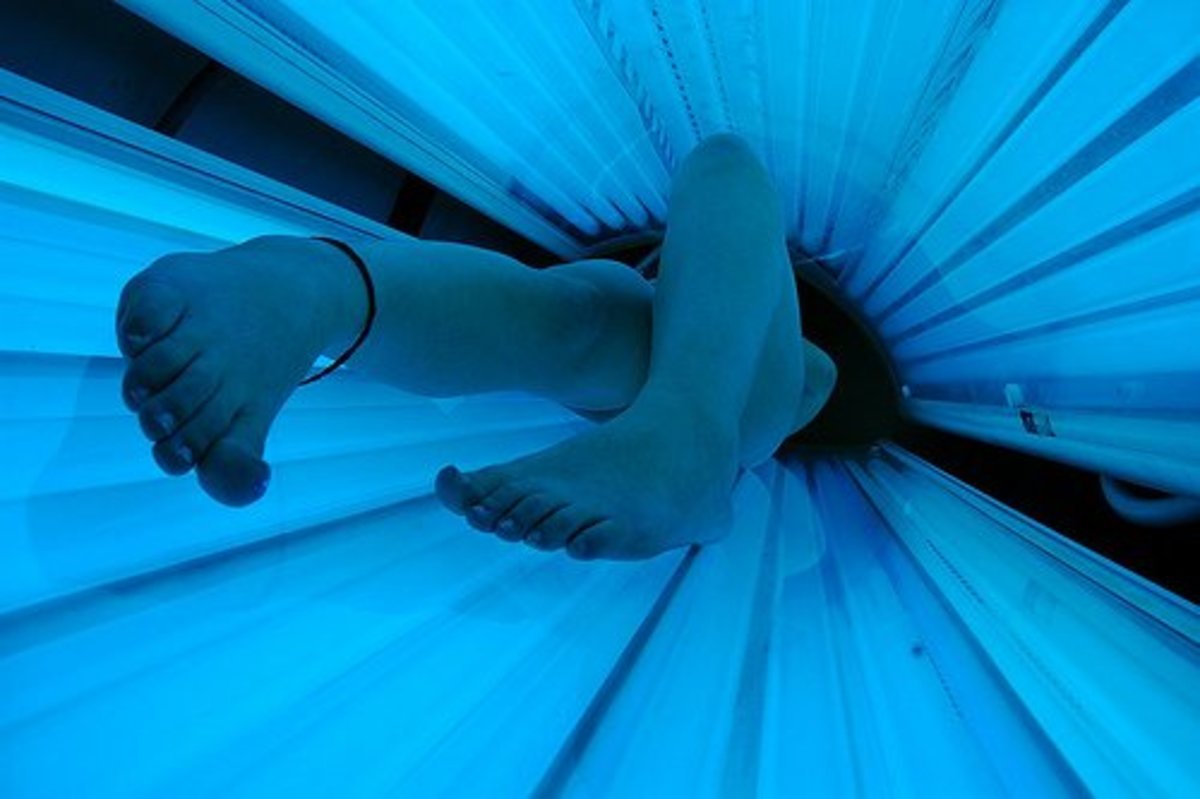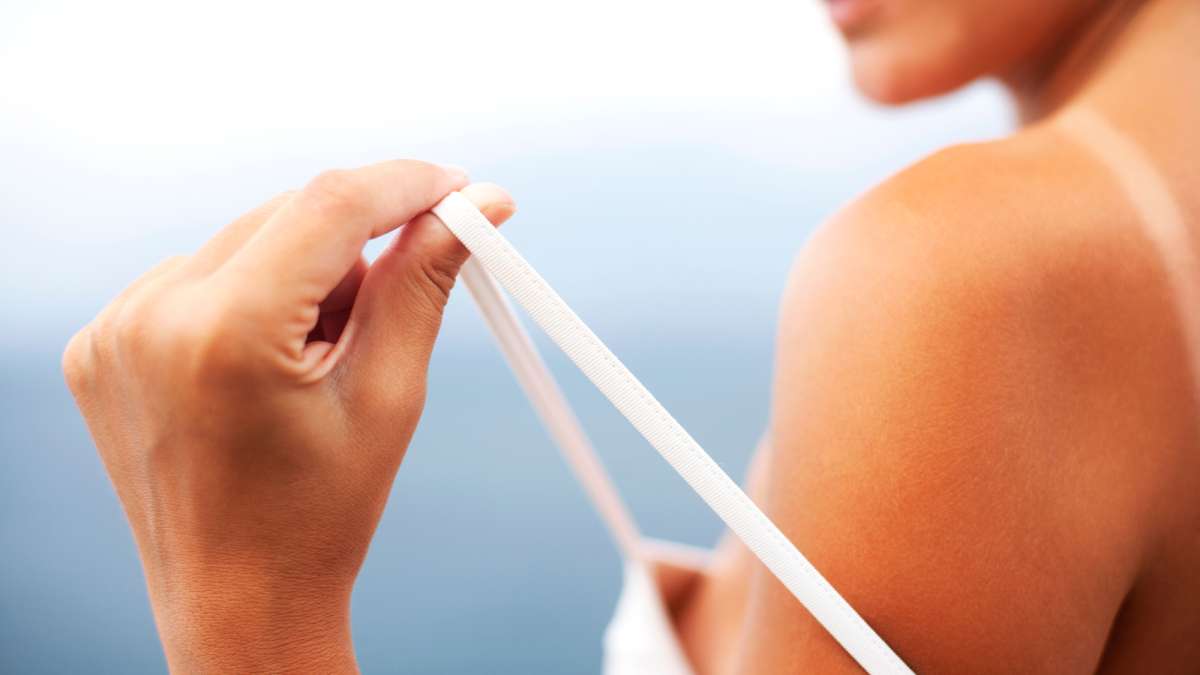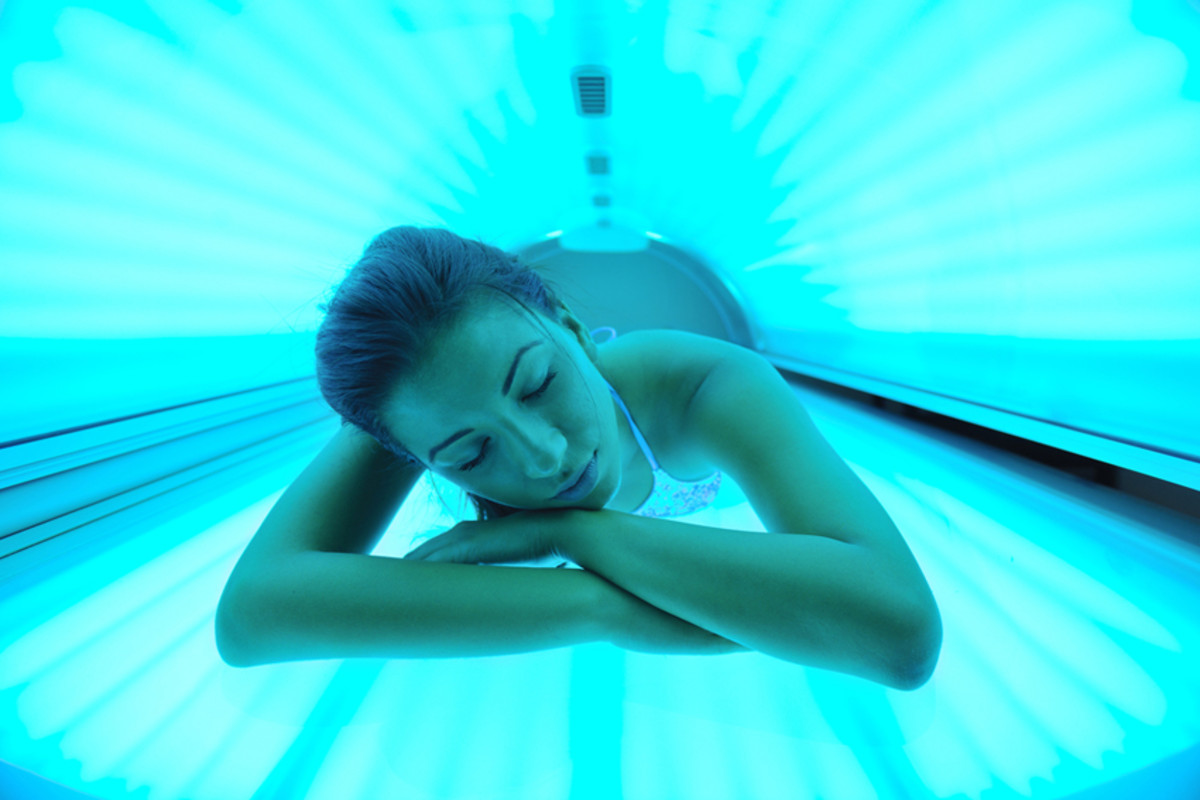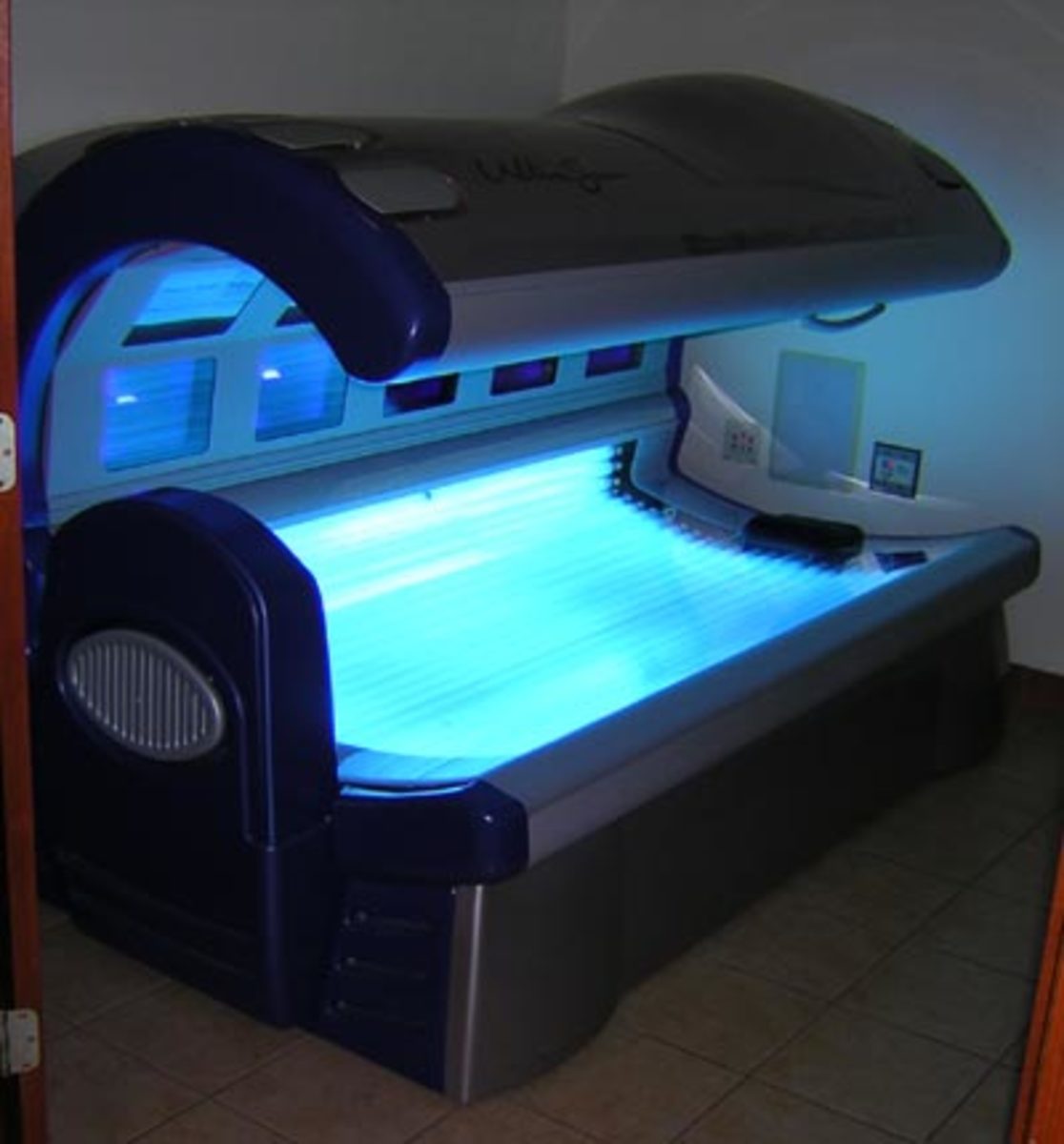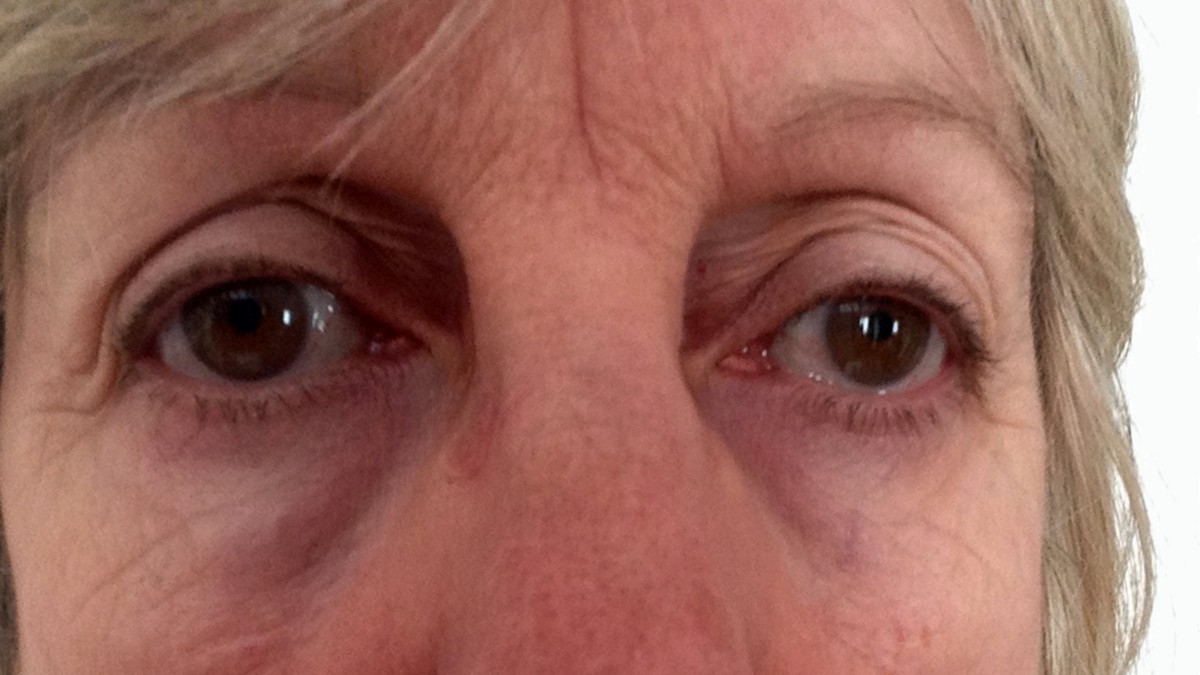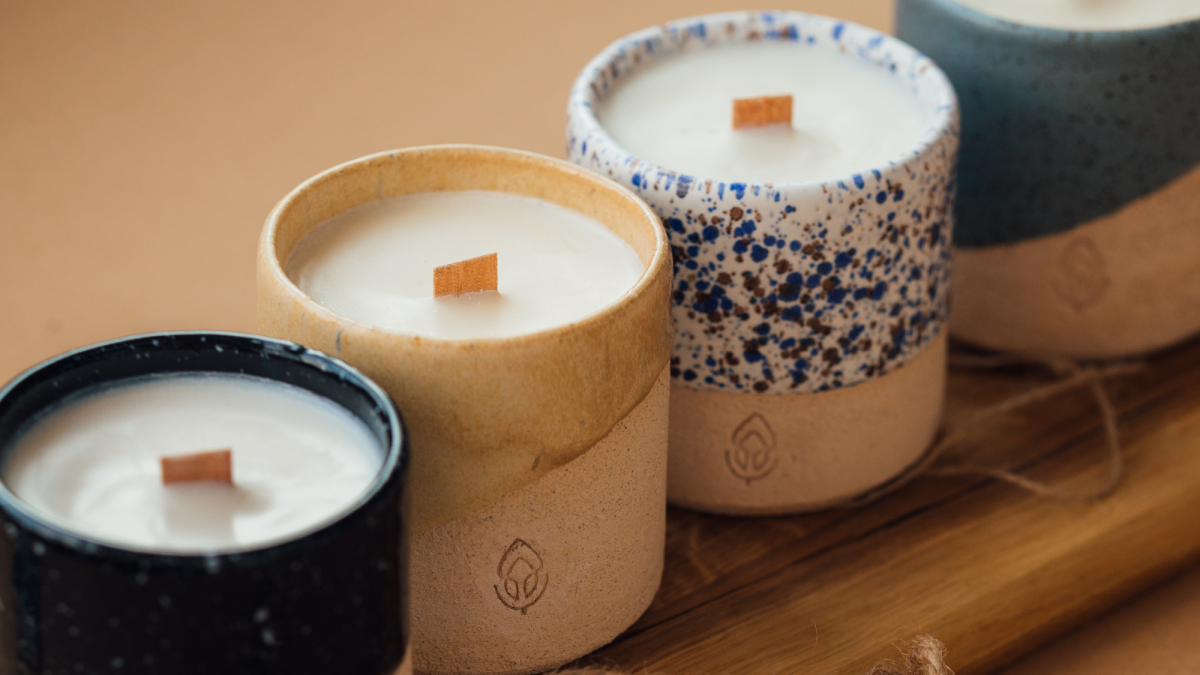Developing a Healthy Tanning Routine

Getting to Know Your Skin
Achieving a natural tan comes easy to some, and a burn to others.
According to Light Therapy Device, having a dark skin tone will help you tan quicker than if you have a fair skin tone. This is out of our control of course, but I will tell you what the best way to tan is by knowing your skin tone.
Most of the time, fair skin tones will burn faster (redness, flaking over the next weeks). That being said, here are some tips to help achieve a natural tan in comfort according to your skins' underlying tones.
The Powerful Sun
A little fact about the suns rays is that the strongest sun is between 10am-2pm and the best time to tan is between 12pm-3pm. Although these are times to coordinate with your schedule, it is also important you take note of your skin. Some factors to consider are mysterious moles that should be checked out by a physician and how long you stay in the sun depending on your skin type.
A suggestion is not to overdo the duration out in direct sunlight. Going in the early morning hours and leaving the beach before noon would be a good first day to not shock your system. You can start off with an hour at the beach and see how you feel. If you feel comfortable pushing out that hour and wearing SPF 20 (at least), you can see how your skin tans the best.
If you go tanning after 3PM you will not achieve the same deep tan because the sun rays are not as strong at that point in the day. It will take longer for a tan to develop if you choose to go after 3PM.
What Is My Skin Tone?
Below you can do a self assessment on finding your skin tone and learning more about cool and warm tones in the skin. The tones in your skin are a big factor on how you tan and how fast.
I personally, have an olive skin complexion and as a result I've noticed I develop a tan by the time I am already in the shower after the beach. It depends greatly on genetics, skin tone, and the amount of time you spend under the sun.
If you take a look at the skin tones below you can find which resembles yours.
If you identify most with the left hand in the picture below, you can likely expect to tan without burning. This doesn't mean that the ultraviolet rays aren't harmful to your skin, you still need to apply sunscreen for protection.
If you identify mostly with the right hand in the picture below, you see it is very fair and does not contain much pigmentation. It has a pink undertone and this tells us that it will burn if exposed to the sun for a shorter period of time.
If you identify most with the middle hand in the picture below, you can expect to develop a richer dark tan than your skin tone. This cool skin tone, doesn't burn easily as the other two.
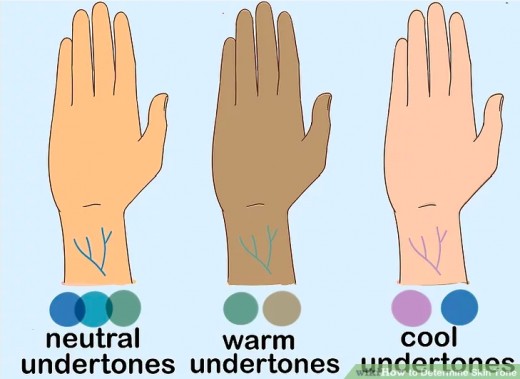
Care for The Skin
- If you tan easily and rarely burn, you have more melanin and you likely have a cool skin tone.
- If your skin burns and doesn't tan, you have less melanin and therefore a neutral skin tone.
- Some women with very dark ebony skin will not burn easily, and still have a cool skin tone.
Wearing a certain number SPF sun protection depends on your skin type and how you want to handle your skincare. Reapplying often takes care of the skin from harmful rays. Using a higher SPF also prevents age spots, rashes, burning, & flaking of the skin. Here are my favorite SPF sun screens I use.
- La Roche Posay SPF 50 It is both a primer and sunscreen.
- Clinique SPF 50 Mineral infused sunscreen.
- Hempz SPF 50 is a pure natural hemp using the benefits from the plant.
For an even tan, once you get to the beach turn your body so that your shadow falls underneath you. This way you can expect an even tan by positioning your body. Once you have done your tanning and realize you are burning or turning red you can calm the skin with Aloe Vera they sell at every pharmacy or beauty store.
Happy Tanning!

